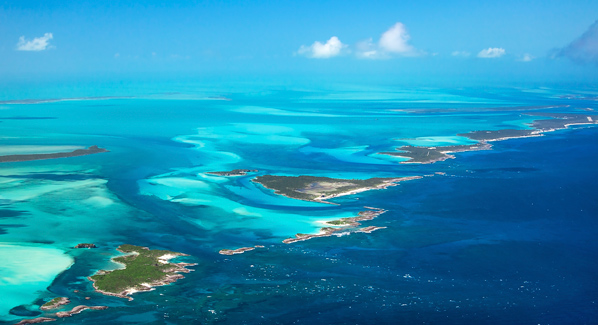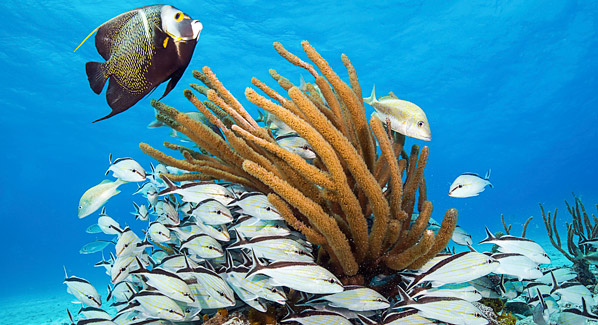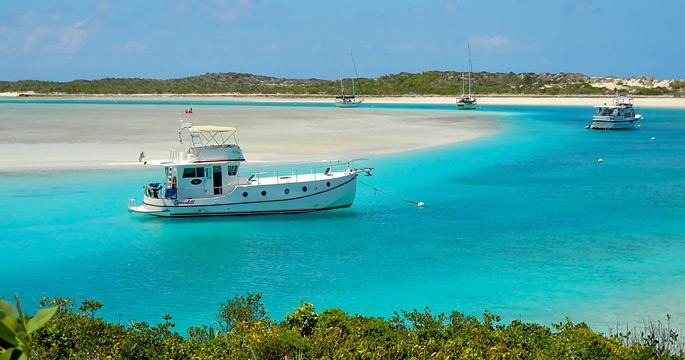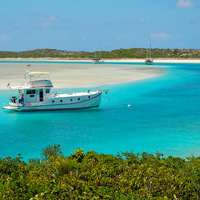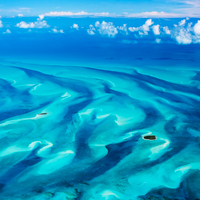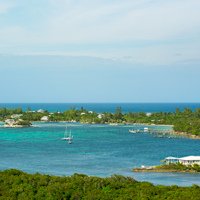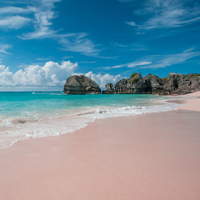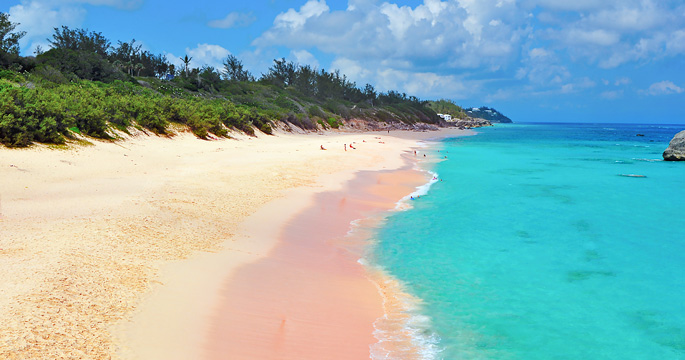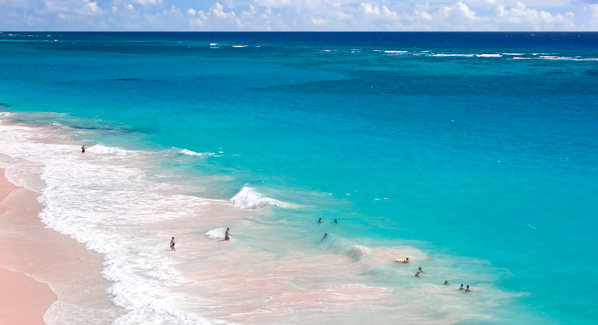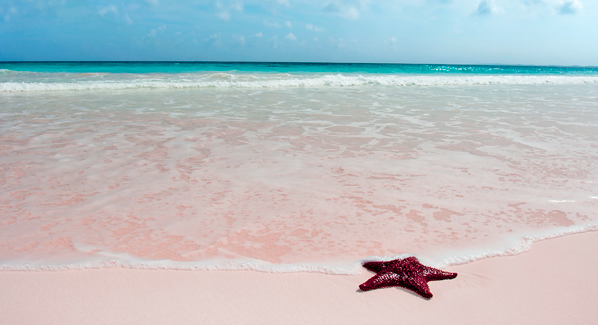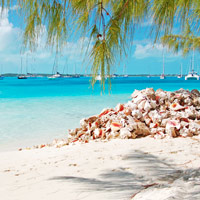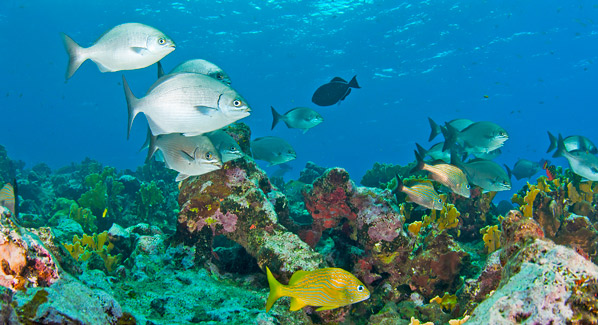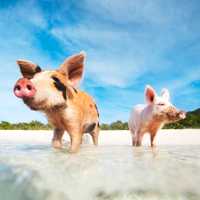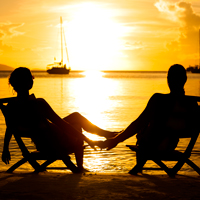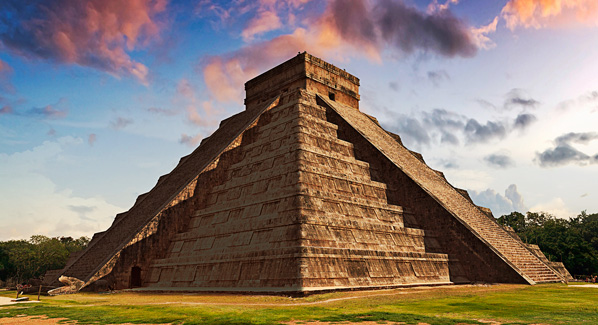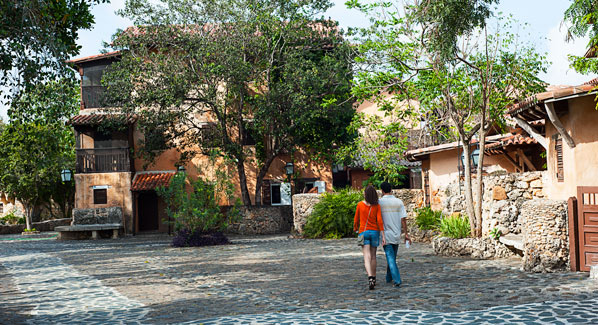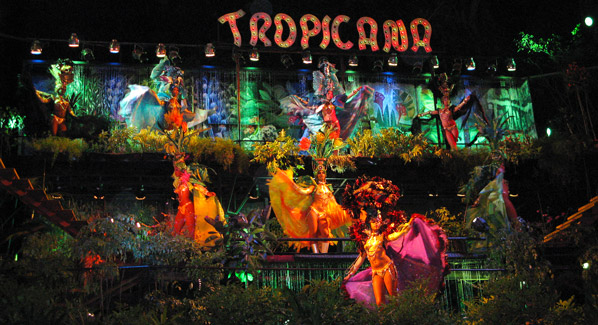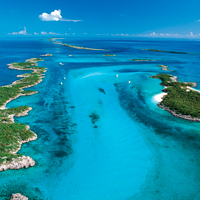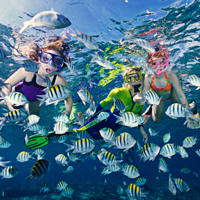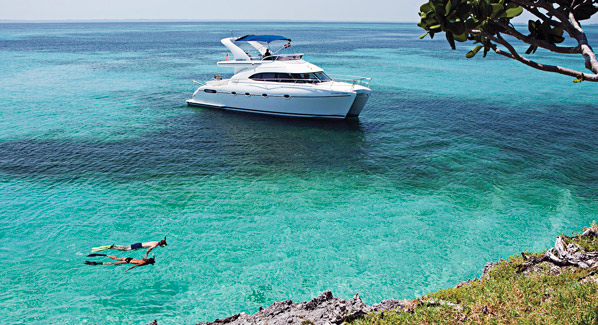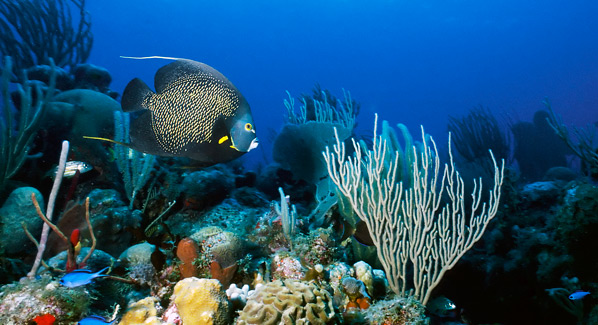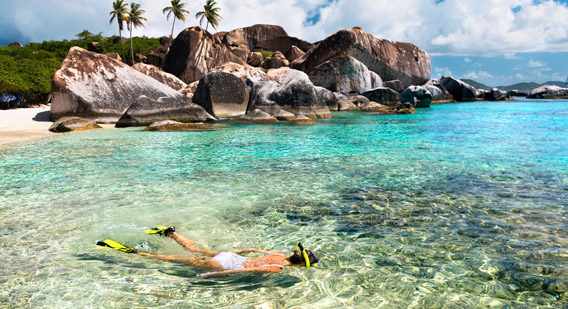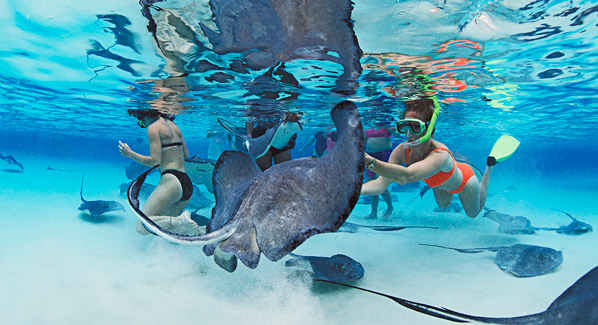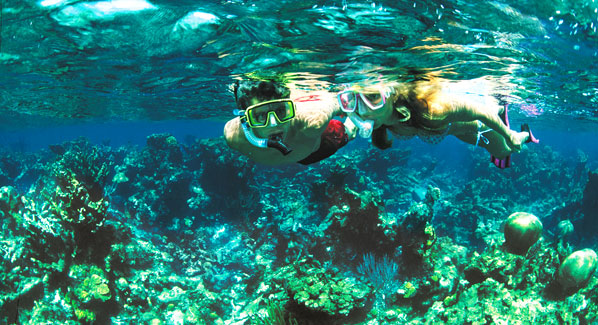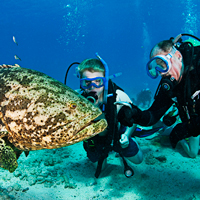The Bahamas is a nation of islands. The best -and sometimes only- way to visit many of these islands is by boat. Take the Abacos, for example. You can fly to the big island, Great Abaco, but you’ll have to take to the water to discover the string of smaller islands, known locally as cays, that lie just to the east. Stretching some 60 miles north to south like a conga line, and flanked by the blue Atlantic to the east and emerald shallows to the west, these water-bound gems are home to dazzling beaches and tucked-away waterfront taverns just waiting discovery.
My plan was to explore those islands in the company of friends, devoting an idyllic summer day to island hopping, wandering the beaches and sampling some savory local eats and libations. Planning this voyage was easy: we’d made arrangements with Abaco Dorado rentals to charter a 26-foot powerboat for the day, complete with captain. We were met at the dock of the Abaco Beach Resort and Boat Harbour Marina just after nine in the morning, and the adventure began.
Setting Sail
Minutes after stepping aboard, we were skimming the glassy surface of the shallow sound known as the Sea of Abaco, our bow pointed toward the northeast and Man of War Cay. This small spit of land lies midway up the archipelago that flanks Great Abaco, and like each cay in the string, it has a unique history and a flavor all its own. Many residents of Man of War can trace their lineage back to Loyalists ancestors, who, after the American Revolutionary War, set sail from the former colonies and settled in the British-held territories of the Bahamas. One of their descendants is Joe Albury, who has spent most of his life creating boats out of wood—some small enough to display on coffee tables, others big enough to set sail. These works of art are on sale in his gallery, where he is more than happy to show visitors around his workspace, giving them glimpses of works-in-progress. The Albury name is quite prevalent on Man of War. Just down the road, past the Albury Grocery Store, is the Albury Sail Shop, where local residents create handmade canvas duffle bags, hats and purses that are fashionable as well as durable. They don’t actually make sails these days, but traditional sailcloth is still used to construct the merchandise—thus the name of this family-run business, which has been humming away for three generations. After stocking up on some of the goods, we re-boarded and headed off for our next conquest.
Elbow Room
Skimming over glass-clear shallows, we could clearly make out the shapes of starfish scattered across the bottom some ten feet below. Within a matter of minutes, the distinctive red-and- white striped profile of a lighthouse came into view, then the low green hills of Elbow Cay rose over the horizon. We idled through the anchorage at Hope Town—one of the most picturesque and oft-photographed harbors in the Bahamas— and stopped at the public dock to stretch our legs. Hunger and thirst set in, and though tempted by several of the local eateries facing the harbor, we opted to pile back aboard for a short ride south to White Sound and the Abacos Inn, which perches on a narrow spit of land overlooking the Atlantic. There, Judy, the friendly proprietor, quickly and graciously whipped up a pitcher of Bloody Marys for our group—very tasty with just the right blend of spices, tomato juice and Vitamin-V. After snacking on some crispy fried conch and plump crab cakes, we agreed that it was time for a swim, or a nap… or both.
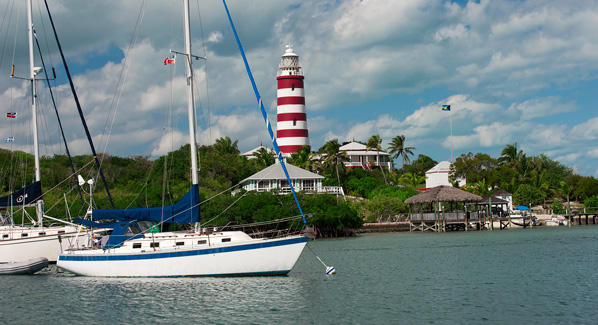
Hope Town’s best-known landmark is the distinctive red-and- white striped profile of Elbow Reef Lighthouse, which visitors can climb for a panoramic view of the island. Photo: Debbie Snow
Life’s a Beach
At the south end of Elbow Cay, a shimmering shoal of bone- white sand stretches westward from a palm-lined shore. Zoom in and you might think you were looking at a shoreline in French Polynesia. Hence the site’s moniker: Tahiti Beach. Local lore has it that savvy cinematographers have used this backdrop as a substitute for the South Pacific. What is certain is that the adjacent sand spit remains a favorite mid-day stopover when cruising the Abacos. The big boats have to anchor out and take the dingy to the beach; we were able to nose our bow right up onto the sand and hop out into ankle deep water. There is no one vibe to Tahiti Beach. Some days you’ll have it all to yourself, our captain tells us. Other days, it’s a total party scene with dozens of sleek speedboats beached in the shallows, their onboard sound systems pumping up crowds of revelers fueled by concoctions of rum and fruit juices. Things were decidedly more mellow when we arrived, with just a handful of swimmers wading in the emerald waters, and a couple of beach umbrellas manned by families. We walked the length of the beach, took a refreshing dip, and lingered lazily in the sunshine. Our clocks were firmly reset to island time, but then an alarm went off: we were getting hungry once again. Fortunately, the cure was close at hand.
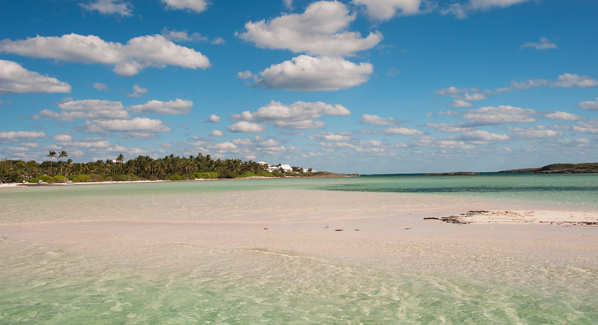
Just off the palm-lined shores of Tahiti Beach sits a long, sandy shoal that is awash at high tide, then becomes a favorite spot for fun and games when low tides exposes the sand. Photo: Debbie Snow
Landing on Lubbers
Just across the channel from Tahiti Beach lies Lubbers Cay, and one of the Abacos’ favorite stopovers: Cracker P’s Bar & Grill. The gabled roof peeks above the trees of the cay’s highest peak, which with an elevation of 40-feet is considered high for this area of the Bahamas. Patrick and Linda Stewart run this inviting establishment, which is reminiscent of local pubs around the world—with the added enticement of wraparound water views. Patrons arrive in everything from skiffs to super yachts to enjoy the beach, wander the four-acre grounds or pop in for a game of darts, a cool libation and some of the freshest fish you’ll ever taste. If you’ve caught your own, Patrick will put it on the grill. If not, there’s always something fresh from the ocean waiting to be transformed into a memorable meal. Not to be missed is the kitchens legendary smoked fish dip, accompanied by the signature Cracker P’s hot sauce, which features the tang of sapodilla, picked from trees that grow wild on the cay. One may also savor a sip or two from an extensive collection or rums, and perhaps a Cuban cigar, which may be legally purchased at the bar.
An Ideal Ending
As the sun sank low, our captain set a course back to Marsh Harbor, returning us to the Abaco Beach Resort with ample time to shower and relax before regrouping for dinner. Since we had really only ‘snacked’ our way through the cays, it was time for a proper meal in the resort’s signature restaurant, Angler’s. We spent the evening enjoying fresh seafood offerings, sipping wine and listening to the soothing music provided nightly by popular local vocalist Stephen Colebrook. Reminiscing on our voyage, we agreed that one day, while magically memorable, wasn’t nearly enough time to discover all the Abacos had to offer. That was a good thing, we concluded, as this left plenty of reasons to come back.
